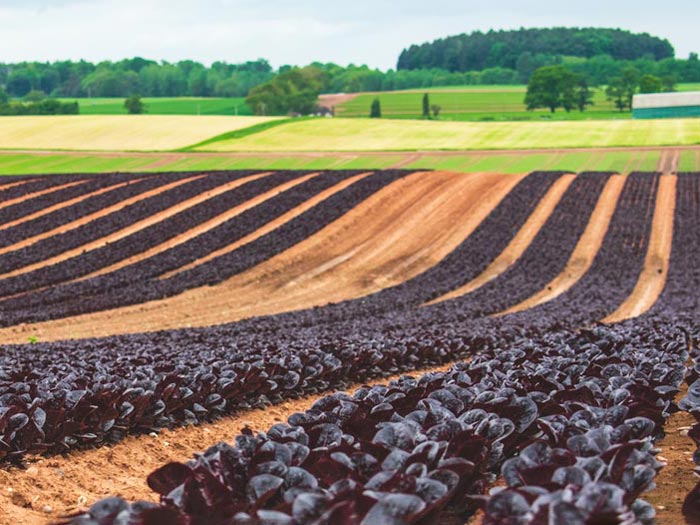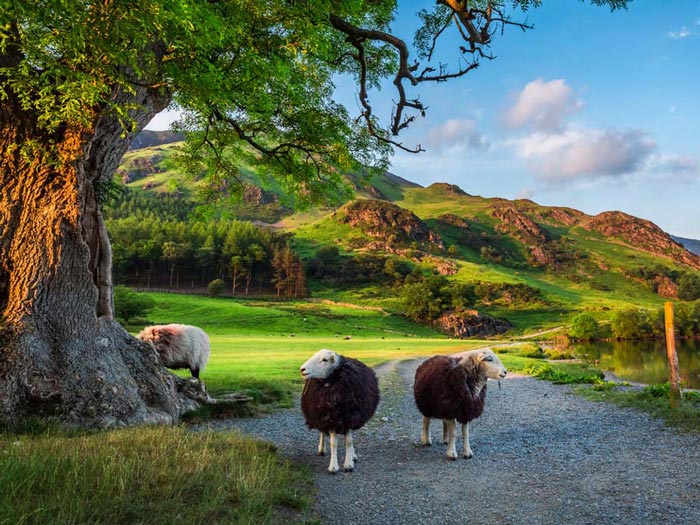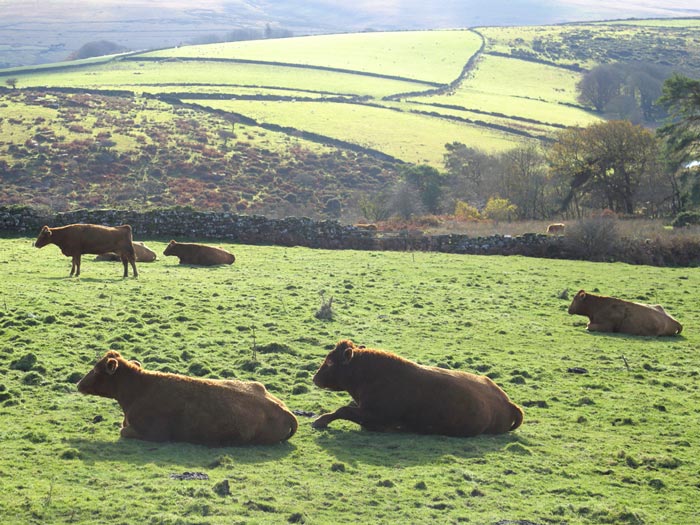West Midlands
19 March: Site maintenance at 16:00 GMT today - if you are logged in at this time you will be logged out briefly.

West Midlands
West Midlands
Despite the rolling hills, the West Midlands region is predominantly lowland area made up of sandstone, clay and underlying coal, giving the land a rich red colour.

Place
The longest river in the UK – the Severn – winds its way through the region and many of the pastures are home to grazing livestock.
Production
In fact, predominant farm types in the West Midlands region are cereals, which accounted for 27% of the region's total farmed area in 2022, and grazing livestock at 26%. Plenty of fruit and hops are grown in the West Midlands and the region is known for its cider and perry making.
People
The West Midlands employs 41,275 workers across more than 14,000 farms.
Editorial statistics sourced from Defra's current data set.
Data for workforce proportions taken from TIAH's own labour market information research.
Data for workforce proportions taken from TIAH's own labour market information research.
Neighbouring regions
The dairy industry is worth more than £1.1 billion to the North West economy, which is home to 26% of the country's dairy herd.
With almost a quarter of the UK's agricultural holdings, the South West is home to more sheep, dairy and beef cattle than any other region.

